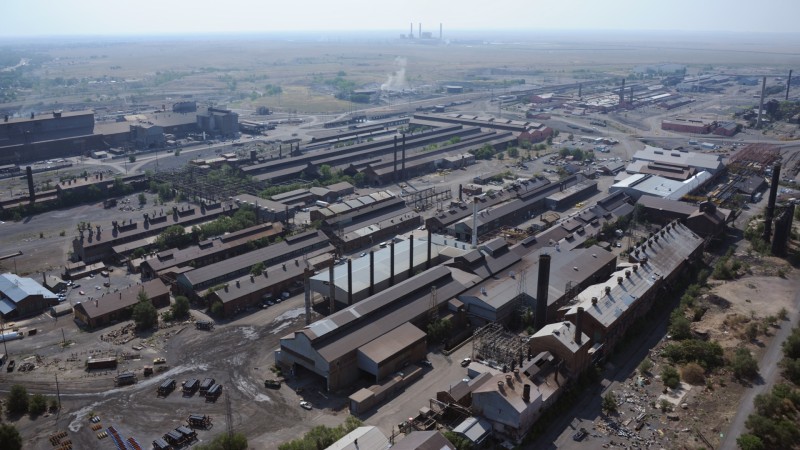
Rocky Mountain Steel, in Pueblo, Colorado, was the first integrated steel mill built west of the Mississippi River.

The first rail came out of the plant in 1882. The plant is still making steel today, though its blast furnaces are not used.
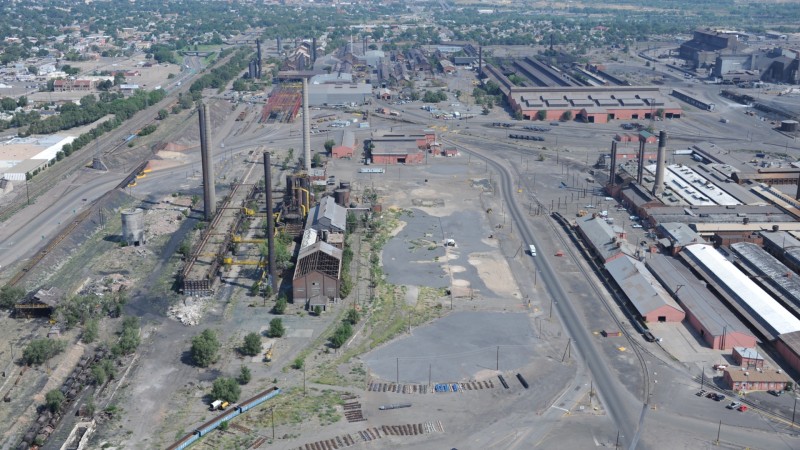
It was operated mostly by Colorado Fuel and Iron Company (CF&I), which was created by mergers in 1892, and soon became the largest steel producer in the West.

Bankrolled by Rockefeller and Gould, by 1904, CF&I was Colorado’s largest employer up to the mid-20th century.

This was the company’s principal mill, and one of the ten largest in the world for a time.
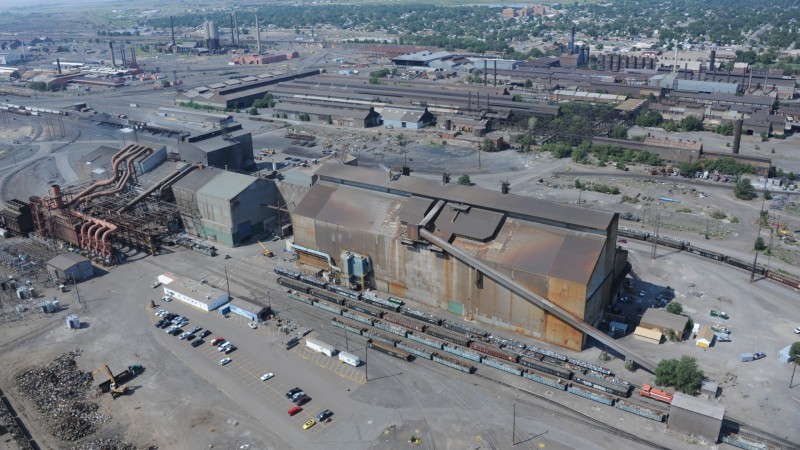
In 1972, the plant had more than 6,000 workers. CF&I operated plants in New Jersey and San Francisco.
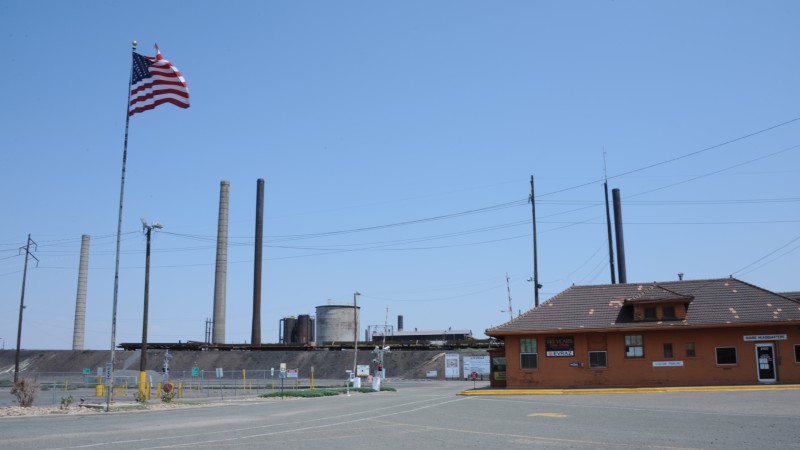
In 1983, the plant laid off 60% of its workforce of 5,500. It was bankrupt by 1990, and was purchased by Oregon Steel Mills Inc. in 1993.
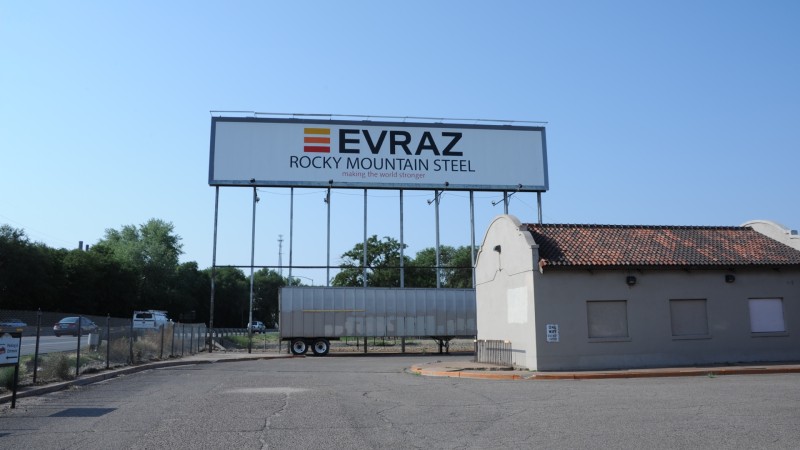
In 2007 it was bought by Evraz, a Russian mining and steel company.
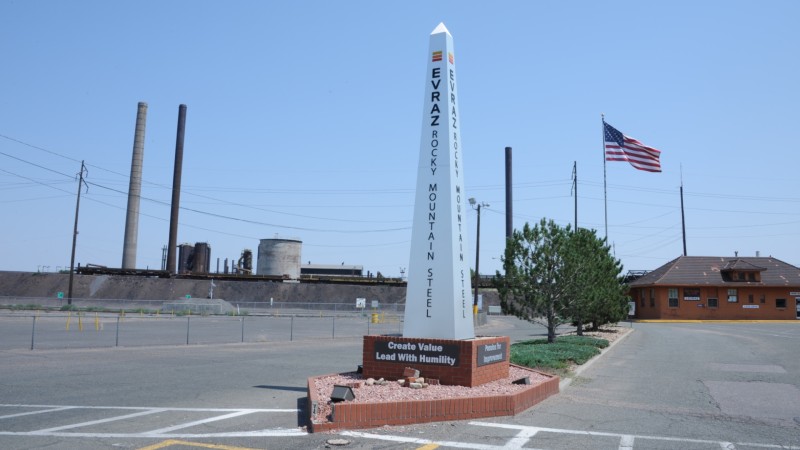
Much of the old plant site is inactive or leased to other companies.
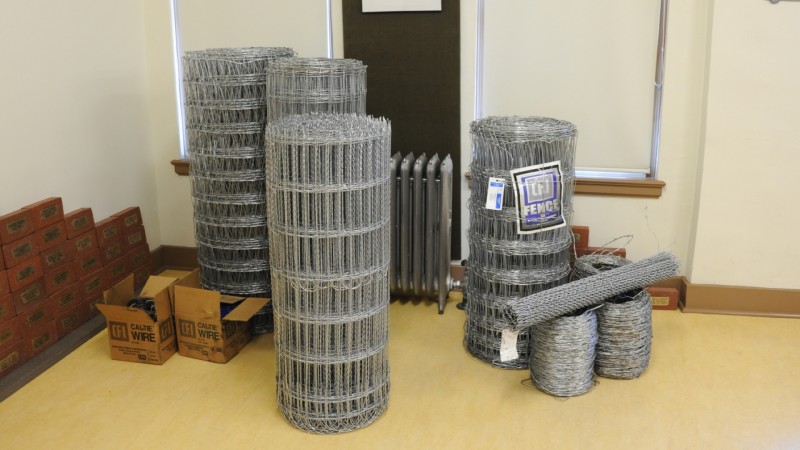
Steelmaking activity at the site is currently limited to creating wire and pipe from scrap steel in an electric arc furnace.
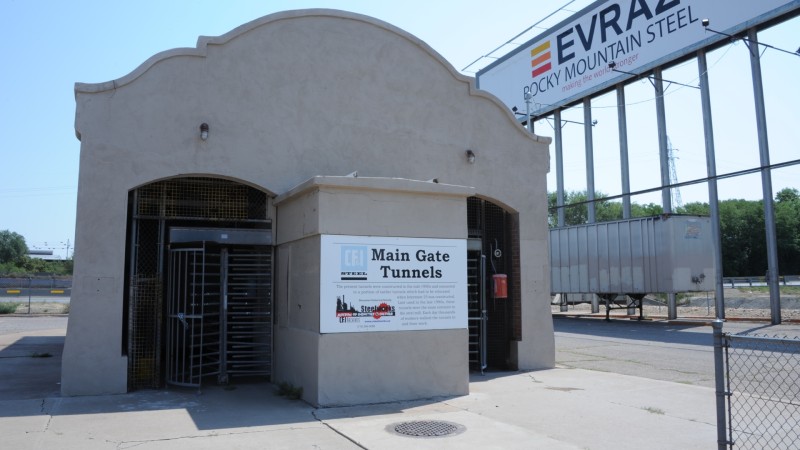
For many years worker access to the plant was from the administration complex and hospital, through a tunnel under the highway.
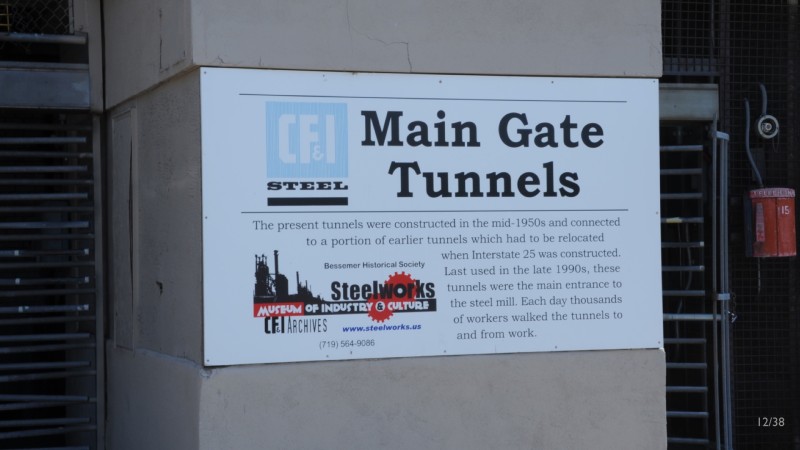
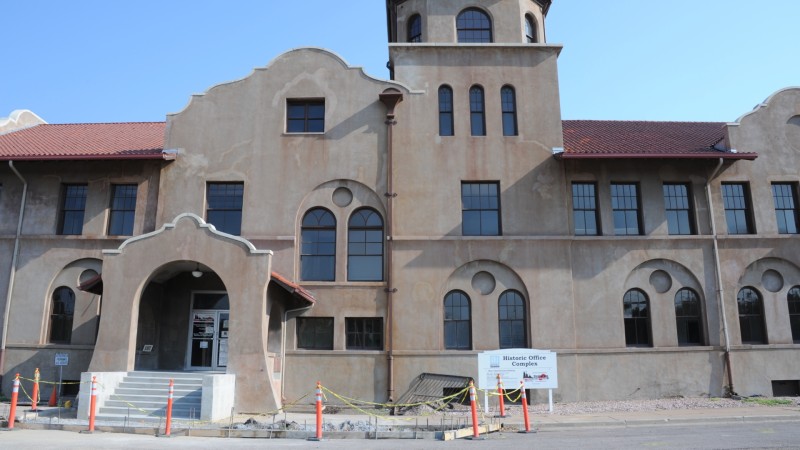
The old office complex now houses the archives for the company, and a small museum for the steel works.
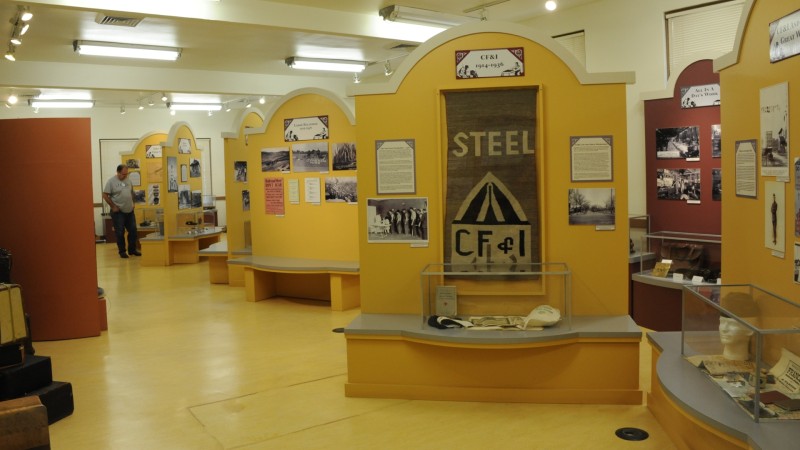
CF&I had 60 mining operations around Colorado and in other states, for coal, dolomite, calcite and iron, and operated more than 14 company towns.
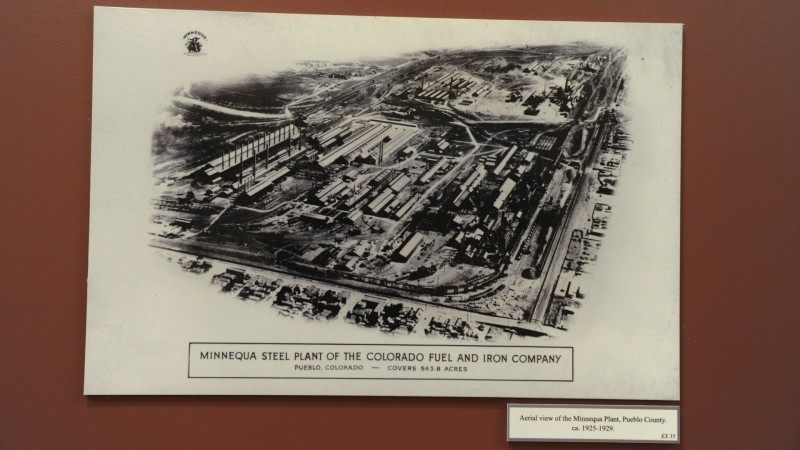


An old rail car at the museum was a rolling hospital, which could be dispatched to manage the injured at the company’s mines and remote operations.
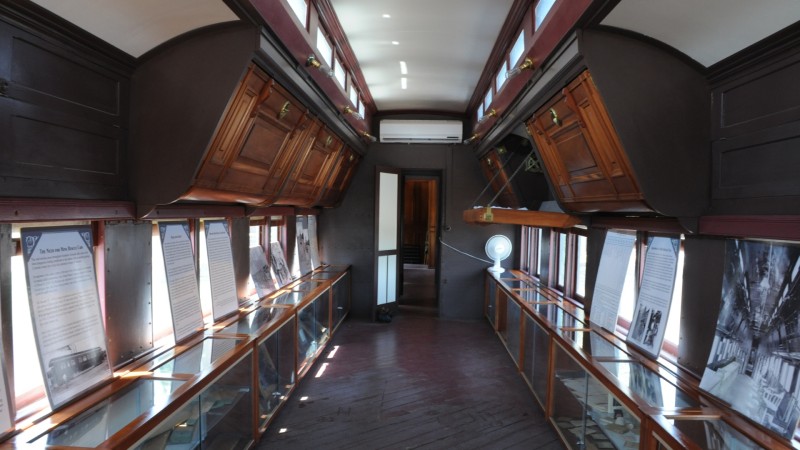
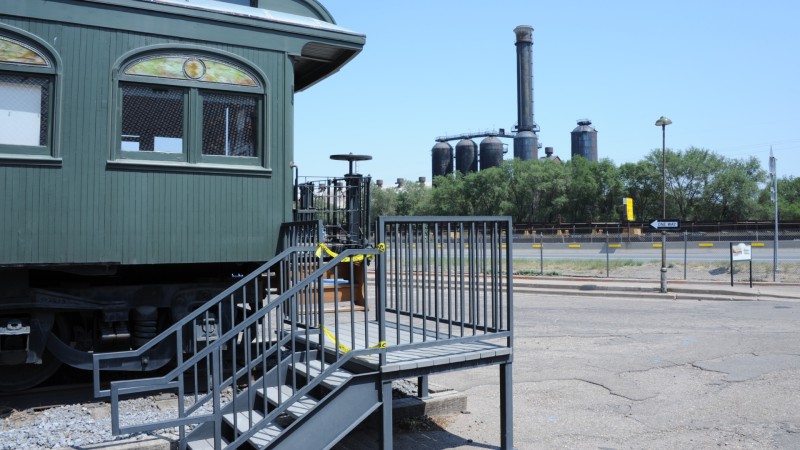
The remains of the blast furnaces, visible across the highway, are off limits to the public.

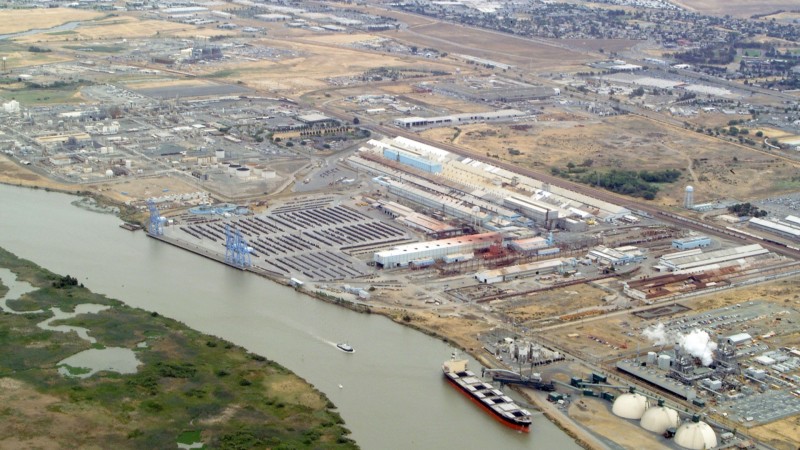
The Columbia Steel Company opened a plant on the southern shore of Suisun Bay, east of San Francisco, in 1906.
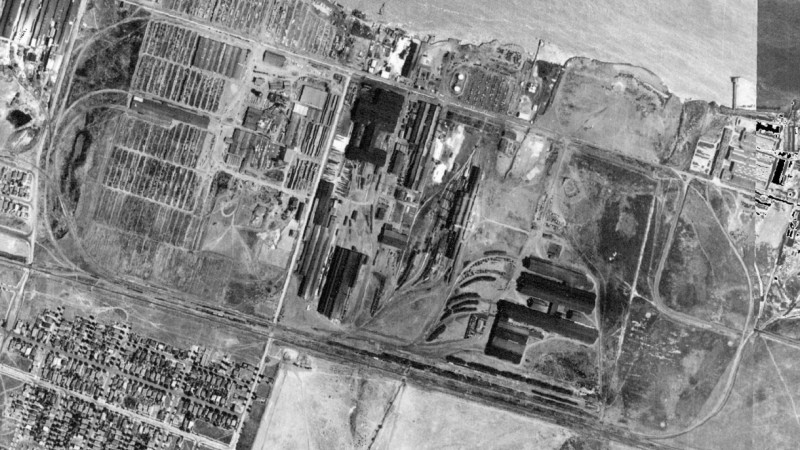
It was enough of an industrial hope for the small community that it changed its name from Black Diamond, to Pittsburg, in reference to the Pennsylvania steel town - but without the “h,” which was deemed unnecessary.
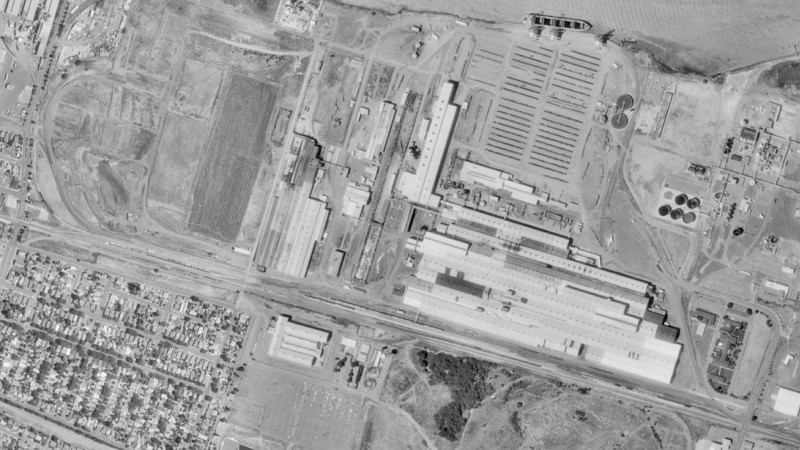
The plant expanded through World War II, but then shrank again.
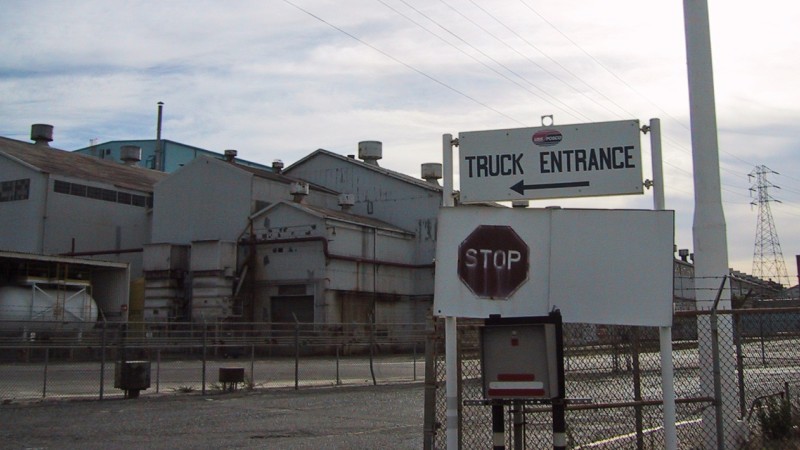
Today it is a steel finishing plant, no longer making new steel, operated by U.S. Steel in partnership with South Korean company, POSCO.
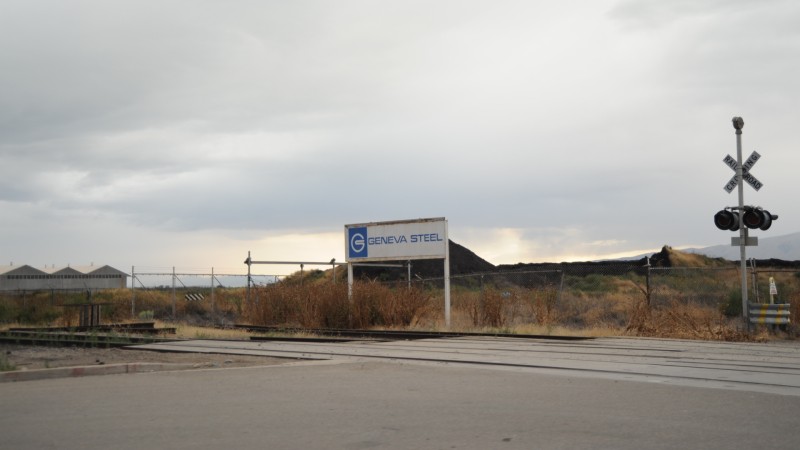
The other large steel plants in the West were built during World War II, to supply steel to shipyards and other wartime construction. Geneva Steel in Utah is one example.

The plant was built with federal funds in 1944, on the shores of Utah Lake, near Provo.
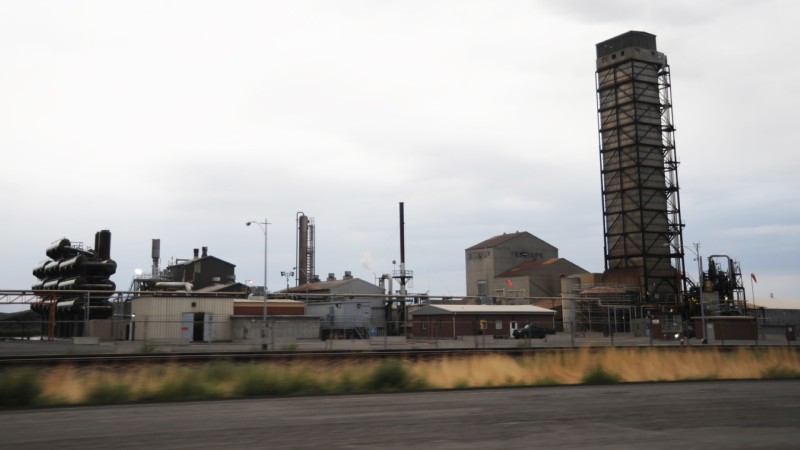
The plant was operated by Columbia Steel Corporation and U.S. Steel.
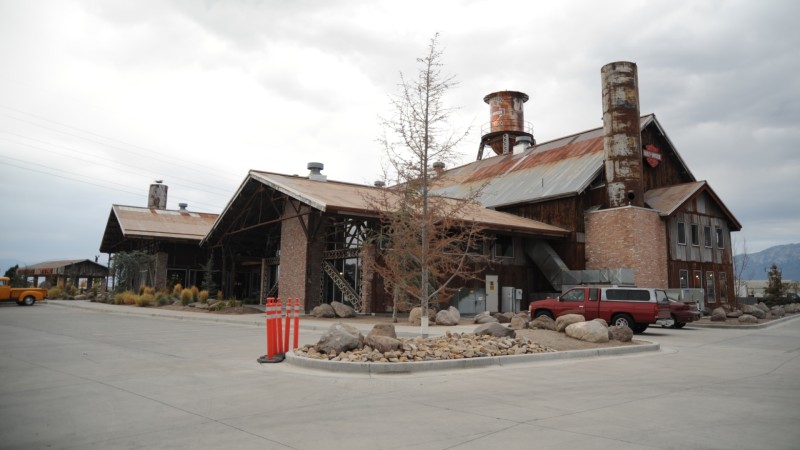
It operated until 2001, and has since been nearly completely demolished.
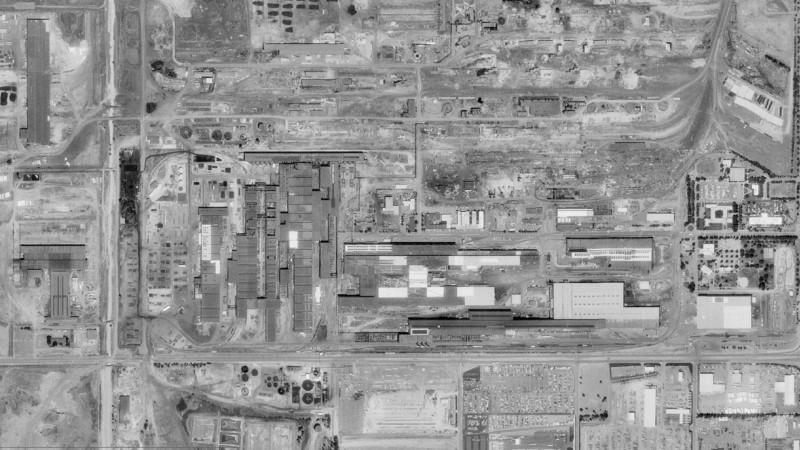
Kaiser Steel built the largest steel plant on the west coast during World War II.
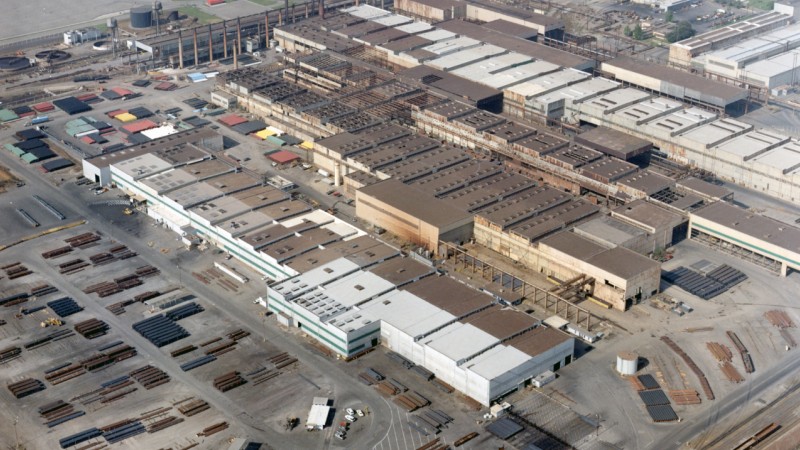
Located in the Los Angeles area’s Inland Empire town of Fontana, the plant operated for many years after the war.
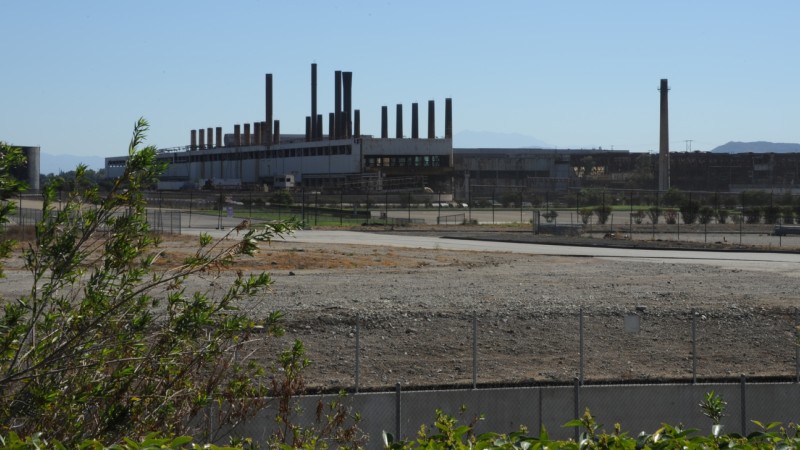
It employed more than 2,500 workers at its peak.

Kaiser Steel declared bankruptcy in the 1980s, and much of the plant was torn down and redeveloped.

Some of its modern components were purchased by the Chinese government, disassembled by a Chinese crew, and reassembled in China.
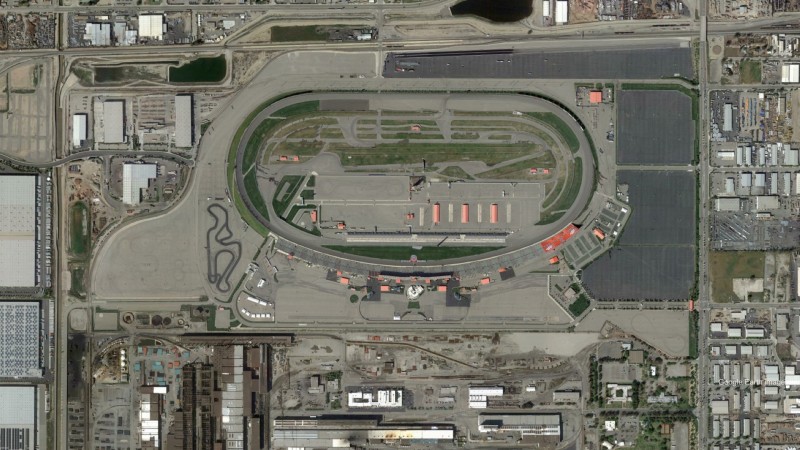
A large part of the plant was paved over and turned into an automotive race track, California Speedway.

Another portion is operated as California Steel Industries, making pipe and steel products out of slabs and rolls from other sources.
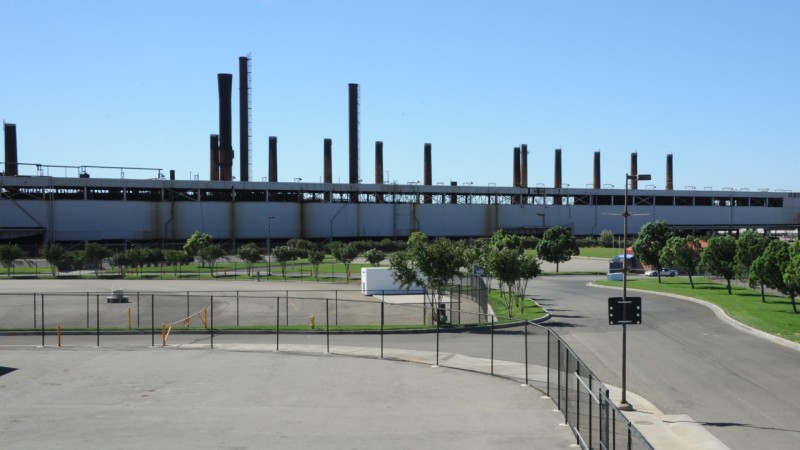
California Steel Industries and other parts of the old Kaiser Plant are used for filming explosive scenes for action movies, like Terminator.

At the northern end of the plant site is Tamco, currently California’s only producing steel mill. Though it is not Old Steel by any means, its modern mini-mill, using scrap melted in an electric furnace, makes 500,000 tons of rebar per year.
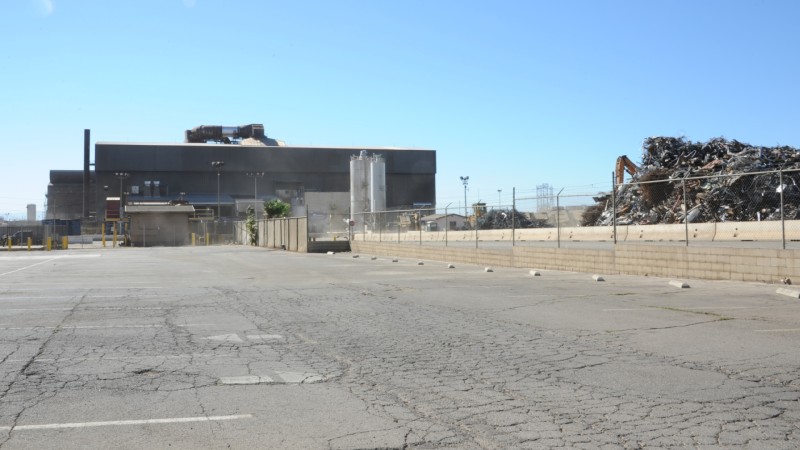
This is the sort of plant that now dominates steel production in the USA. There are around 130 electric arc furnace mini-mills, making new steel from scrap.
